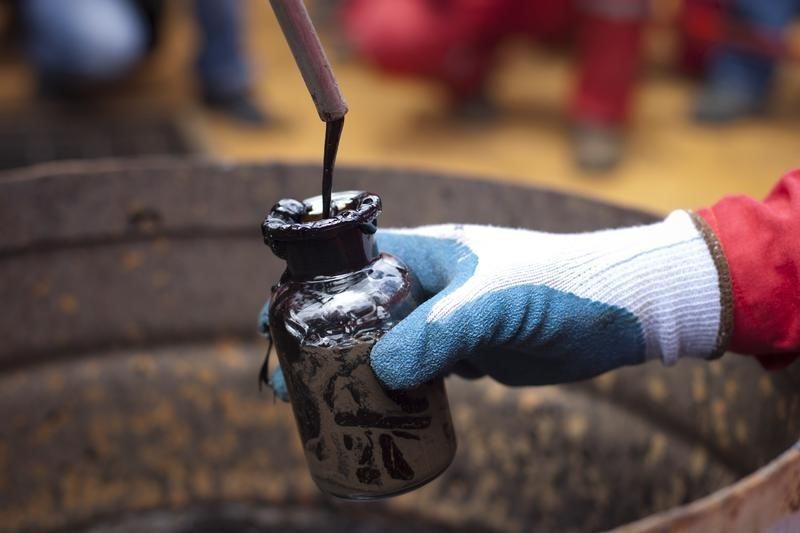Investing.com - Crude oil futures tumbled on Tuesday, after the Organization of the Petroleum Exporting Countries said it pumped the most crude in more than three years last month, adding to concerns over a glut in global supplies.
On the ICE Futures Exchange in London, Brent oil for October delivery dropped 86 cents, or 1.69%, to trade at $50.16 a barrel during European morning hours.
On Monday, Brent prices hit $48.24, the weakest level since March 2009, before turning higher to end at $51.02, up $1.78, or 3.61%.
In its July monthly report released earlier in the day, OPEC said the cartel produced the highest amount of oil in more than three years, amid increased output from Iran.
The 12-member group raised production by 100,700 barrels a day in July to 31.5 million, the highest level since May 2012.
The increase in output comes despite a global supply glut, which has sent prices tumbling in recent months.
Global oil production is outpacing demand following a boom in U.S. shale oil production and after a decision by the Organization of Petroleum Exporting Countries last year not to cut production.
Elsewhere, crude oil for delivery in September on the New York Mercantile Exchange lost $1.15, or 2.55%, to trade at $43.81 a barrel.
A day earlier, Nymex oil fell to an intraday low of $43.35, a level not seen since March 2009, before rallying sharply to close at $44.96, up $1.09, or 2.48%.
Market players looked ahead to fresh weekly information on U.S. stockpiles of crude and refined products to gauge the strength of demand in the world’s largest oil consumer.
The American Petroleum Institute will release its inventories report Tuesday, while Wednesday’s government report could show crude stockpiles fell by 1.6 million barrels in the week ended August 7.
New York-traded oil futures have been under heavy selling pressure in recent months as worries over high domestic U.S. oil production weighed.
According to industry research group Baker Hughes (NYSE:BHI), the number of rigs drilling for oil in the U.S. increased by six last week to 670, the third straight weekly gain.
There are still about 60% fewer rigs working since a peak of 1,609 in October, though the pace of declines has slowed considerably in recent weeks, fueling concerns that U.S. shale production could rebound in the months ahead.
Meanwhile, the spread between the Brent and the WTI crude contracts stood at $6.35 a barrel, compared to $6.06 by close of trade on Monday.
